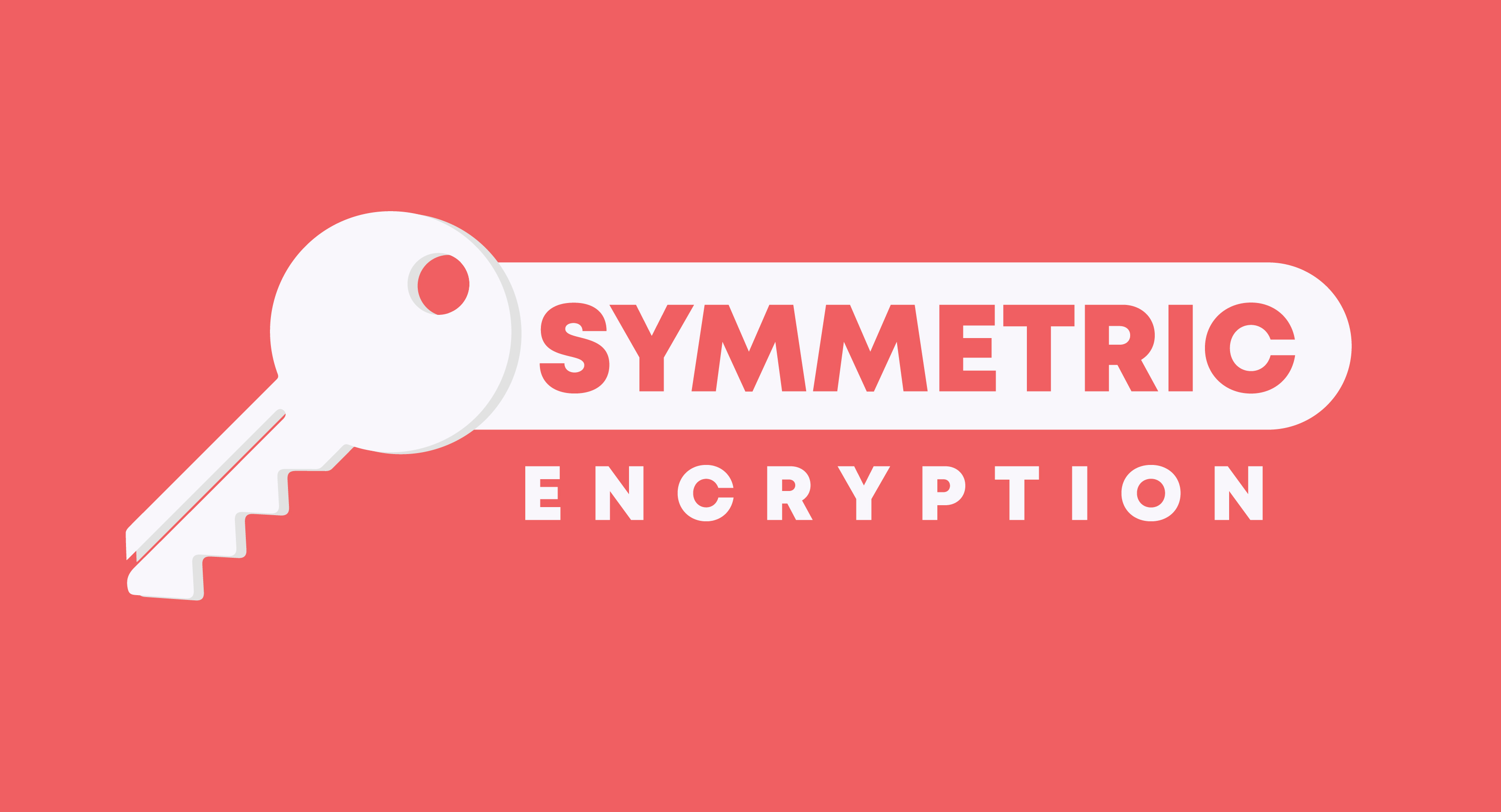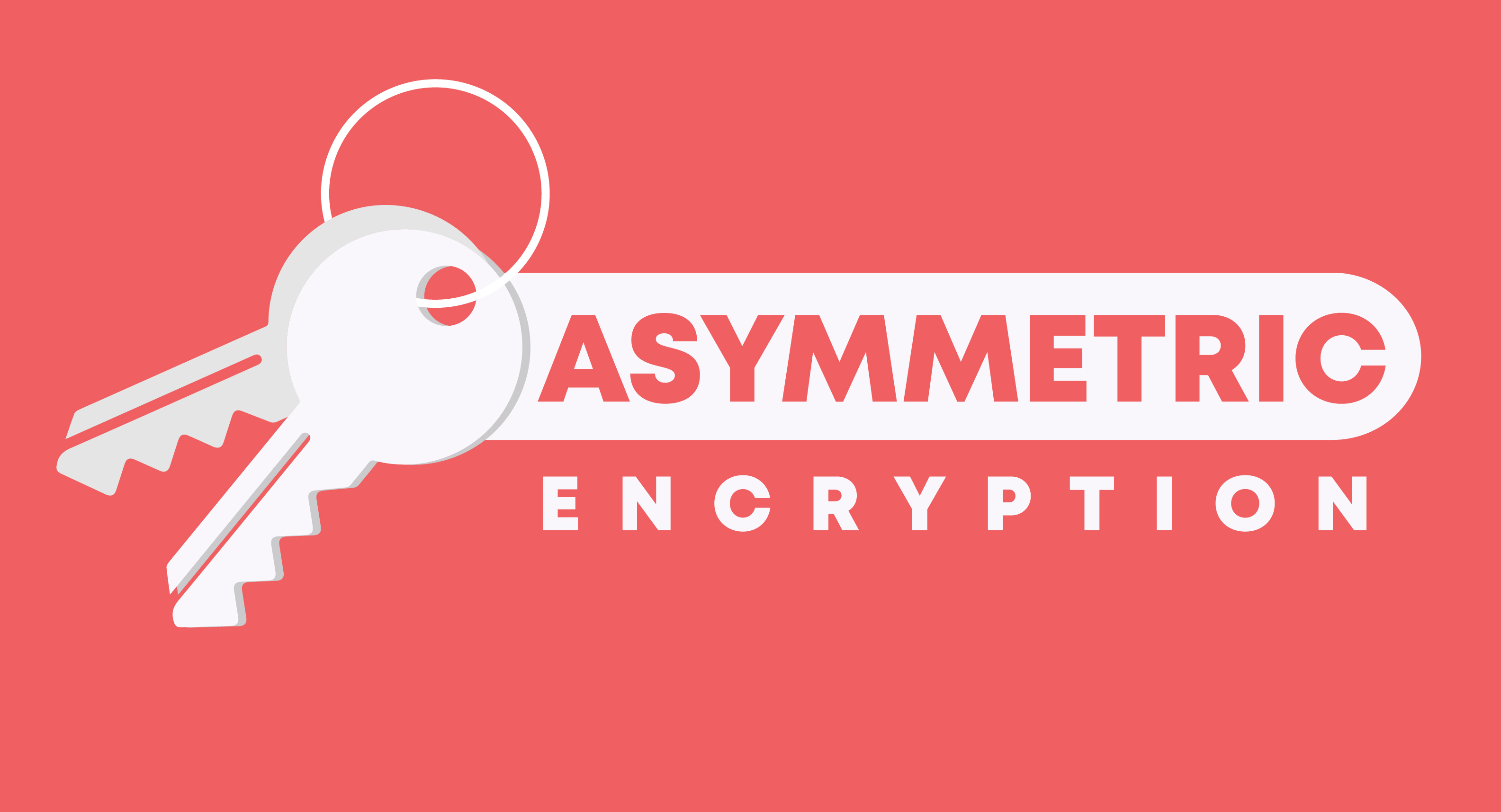Given rising cybersecurity threats, it has become essential to use advanced encryption methods for securing sensitive information. The encryption method uses a key for the encryption and decryption of files, making it difficult for unauthorized users. Hence, using them prevents data breaches.
IBM's cost of a data breach report highlights that using encryption can reduce the financial impacts of data breaches by more than USD 200,000.
Beyond any doubt, using strong and trustworthy encryption methods helps prevent any financial data breaches in the long term. out ot many different kinds of encryption, it is essential to choose the one that meets your needs.
Different Types of Encryption
Some of the most common and top-tier encryption types are as follows:
Symmetric Encryption

Symmetric encryption, also known as secret key encryption, uses a single key to encrypt and decrypt data. Using a single key means both the sender and receiver must have access to a same key, preventing unauthorized access to sensitive files. AES and DES are typical examples of symmetric encryption. data
Benefits of Symmetric Encryption
- Excellent for managing the bulk of data
- Provides strong security for data, as the same key is used for both encryption and decryption, making it difficult for unauthorized users to access the data. hence, it prevents data loss and data leak chances.
- It’s easy to use, requiring only a single key for both encryption and decryption.
- Algorithms like AES-256 provide robust protection when the encryption key is kept secure.
- Relies on strong algorithms (e.g., AES, DES, Blowfish) and key length to ensure security
Cons Of Symmetric Encryption
-
Key distribution is risky if the shared key is exposed, the system is compromised.
-
Not scalable for large networks since every user pair needs a unique key.
-
Provides no built-in authentication, only confidentiality.
-
Vulnerable if weak algorithms or short key lengths are used.
When to Choose Symmetric Encryption
Choose symmetric encryption approaches when you need fast and efficient protection for large amounts of data. It works best in secure environments where you can safely manage a single shared key.
Common use cases include disk encryption, internal file storage, and database security, especially on systems with limited resources like IoT devices or smartphones.
Asymmetric Encryption

Asymmetric encryption uses different keys for encryption and decryption. This encryption method key is considered more secure and safe than symmetric encryption, as it uses different pairs of keys for encryption and decryption.
This method ensures confidentiality and authentication, which provides a secure communication method without the need to exchange a secret decryption key in advance.
Benefits of Asymmetric Encryption
- It ensures a secure exchange of the secret key as it uses a different encryption and decryption pair.
- Provides digital signatures that allow a recipient to verify that a message was sent by only the person who has the private key
- Asymmetric encryption allows creating digital signatures, which hold the sender accountable for the message's origin.
- Asymmetric encryption is more scalable since, in an extensive network, each user only needs to generate and manage a single key pair. It eliminates the need to exchange and manage multiple symmetric keys.
Cons Of Asymmetric Encryption
-
Slower than symmetric encryption due to complex mathematical operations.
-
Requires more computational power, making it resource-intensive.
-
Larger key sizes are necessary for strong security, which can affect performance.
-
Not ideal for encrypting very large amounts of data directly.
When to Choose Asymmetric Encryption
Asymmetric encryption type is the right choice when you need secure communication over public or untrusted networks. It excels in scenarios such as digital signatures, secure email, SSL certificates, and blockchain transactions, where identity verification and secure key exchange are crucial. Use it when multiple users or external parties must communicate without exposing a shared key.
Advanced Encryption Standard (AES)

AES encryption is a well-renowned example of a symmetric encryption algorithm. Most enterprises and public sectors worldwide use AES encryption as it offers strong security with key lengths of 128, 192, or 256 bits.
AES-256 is used for high-level security and mainly for securing sensitive information. It is commonly used for email encryption, file encryption, data storage, and secure wi-fi.
Benefits of AES Encryption
- One of the secure encryption standards provides top-notch protection for sensitive information.
- Design includes encryption rounds and the use of a block cipher, which makes it resistant to brute force attacks.
- Reducing resource consumption on the system keeps the system secure and streamlined.
- Highly efficient in both hardware and software, ensuring quick encryption and decryption without slowing systems down.
Cons of AES Encryption
-
Extremely slow compared to symmetric encryption, especially with large data.
-
Requires large key sizes (2048 bits or more) for modern security standards.
-
Vulnerable to quantum computing attacks in the future.
-
Inefficient for bulk data encryption, so usually used alongside symmetric encryption
When to Choose AES Encryption
Choose AES encryption when you need a globally trusted standard for protecting sensitive data. AES's high efficiency and security makes it ago-to option for VPNs, cloud storage, Wi-Fi security, and enterprise compliance with regulations like GDPR or HIPPA.
RSA Encryption

RSA encryption uses a pair of keys to secure digital communication and transactions over insecure networks. Public key cryptography, also known as asymmetric cryptography, uses a public and private key. Its public key can be shared with everyone, while its private key needs to be kept secure and private.
Protocols such as Secure Shell, Open Pretty Good Privacy, Internet Mail Extensions, and others rely on RSA for encryption. Also, RSA is used in software programs for establishing a secure and private network.
Benefits of RSA encryption
- RSA uses a two-key system, making it highly secure for authentication and encryption without needing to share private keys.
- RSA has been around for decades and is used in SSL/TLS, email encryption, and digital signatures, making it one of the most trusted encryption methods.
- RSA can create digital signatures to verify authenticity and prevent tampering.
- RSA allows safe transmission of symmetric keys over insecure networks, enabling hybrid encryption.
Cons of RSA Encryption
-
Extremely slow compared to symmetric encryption, especially with large data.
-
Requires large key sizes (2048 bits or more) for modern security standards.
-
Vulnerable to quantum computing attacks in the future.
-
Inefficient for bulk data encryption, so usually used alongside symmetric encryption
When to Choose RSA Encryption
Choose RSA encryption when you need secure key exchange, authentication, and digital signatures. It’s widely used in SSL/TLS certificates, secure email, and software verification because it ensures that communication is both confidential and trusted.
FAQs
What is the Main Difference Between Symmetric and Asymmetric Encryption?
Symmetric encryption uses a single key for both encryption and decryption, while asymmetric encryption uses a pair of keys. This makes asymmetrics more secure for open networks.
Why is AES considered a More Secure Encryption standard?
AES is trusted worldwide because it uses strong algorithms with 128, 192, or 256-bit key lengths, making brute-force attacks nearly impossible. It is efficient, fast, and widely used in VPNs, cloud storage, and Wi-Fi protection.
Encryption software is essential in modern digital times as it secures end-to-end communication, thereby reducing the likelihood of sensitive information being stolen. AES and RSA encryption are crucial for securing sensitive information, cyber security and cloud security further enhance by using modern encryption software and the best AI security tools.
By combining these encryption software with RSA tools, you can enhance data security with the best encryption software, such as AxCrypt and Veracrypt encryption tools. Strong encryption ensures credit card encryption, which provides financial protection to businesses.
Stay tuned to the Virtual Codes Vault for more information!

